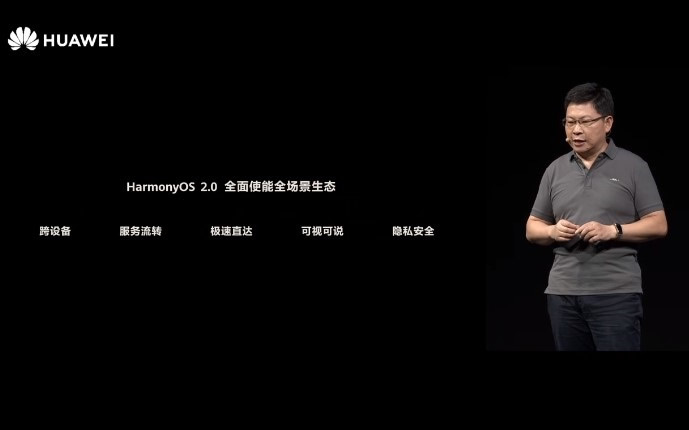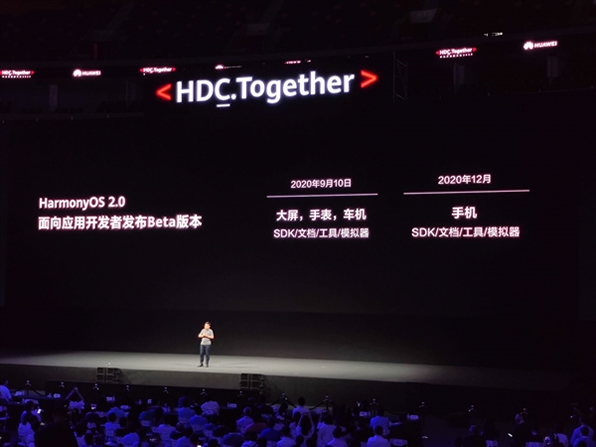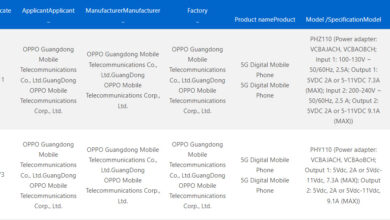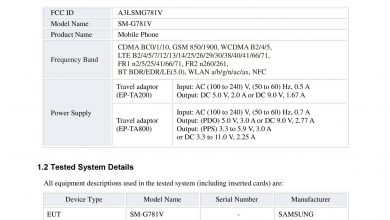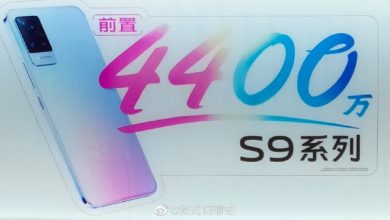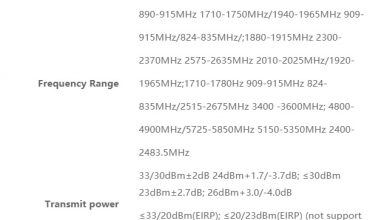Today, the 2020 Huawei Developer Conference was held, and Huawei HarmonyOS 2.0 was officially released.
According to Huawei, HarmonyOS 2.0 is the first truly distributed operating system for the all-scenario era. HarmonyOS 2.0 features an adaptive UX framework that makes it easier for developers to reach tens of millions of new devices quickly. At the same time, thanks to the addition of AI, apps can instantly gain voice interaction capabilities.
HarmonyOS 2.0 has three basic components: distributed bus, distributed data management, and distributed security. At present, there are more than 13,000+ APIs, including Ark compiler, SDK, development boards/modules, and so on.
Huawei’s consumer business CEO, Richard Yu, said the HarmonyOS 2.0 Beta version will launch today for large screens, watches, and cars. The mobile phone version will be released in December. In 2021, Huawei smartphones will fully support the HarmonyOS 2.0 version.
In addition, HarmonyOS will be officially open source, and developers will receive simulators, SDK packages, and IDE tools. At the end of 2020, the HarmonyOS beta version for smartphones will be released first to Chinese developers.
In his speech, Richard Yu stated that Huawei would donate the code to the China Open Atomic Open Source Foundation and announced the open-source roadmap of HarmonyOS: “From September 10, HarmonyOS will be open-sourced for 128KB-128MB terminal devices such as large screens, watches, and cars. In April 2021, it will be open-sourced for memory 128MB-4GB terminal devices; after October 2021, it will be open-sourced for all devices above 4GB.”
Wang Chenglu, president of Huawei’s consumer business software department, said that HarmonyOS 2.0 has reached cooperation with leading manufacturers, including Midea, Joyoung, and Robam, and will soon release home appliances equipped with the Harmony system.


